Table of content
Cabbage, a versatile and nutrient-rich vegetable, is a staple in kitchens worldwide. Whether used in salads, stir-fries, soups, or fermented dishes like sauerkraut, its crisp texture and mild flavor make it a favorite. However, like many leafy greens, cabbage can wilt or spoil quickly if not stored properly. Learning how to preserve cabbage effectively not only reduces food waste but also ensures you have this nutritious ingredient on hand whenever you need it. This article explores science-backed methods to extend the shelf life of cabbage, from refrigeration to fermentation, and provides practical tips to maintain its freshness, flavor, and nutritional value.
Understanding Cabbage Composition and Spoilage Factors
Before diving into preservation techniques, it’s essential to grasp why cabbage spoils. Cabbage is composed of about 90% water, which makes it prone to dehydration and microbial growth. Enzymes naturally present in the vegetable also contribute to aging, causing leaves to soften and lose crispness over time. Additionally, exposure to ethylene gas—produced by fruits like apples and bananas—accelerates decay. Humidity, temperature fluctuations, and physical damage (such as bruising) further shorten its lifespan.
Refrigeration: The Basic Yet Critical Method
Refrigeration is the simplest way to preserve cabbage, but doing it correctly requires attention to detail.
Steps for Refrigeration:
- Do Not Wash Before Storing: Excess moisture encourages bacterial growth. Instead, clean cabbage just before use.
- Remove Loose or Damaged Leaves: Gently peel off any wilted or discolored outer leaves to prevent spoilage from spreading.
- Wrap Properly: Wrap the cabbage head in a breathable material like paper towels or a beeswax cloth. Alternatively, place it in a perforated plastic bag to balance humidity and airflow. Avoid sealing it in airtight containers, as this traps moisture and accelerates rot.
- Store in the Crisper Drawer: The crisper drawer’s controlled humidity (set to high for cabbage) and consistent cold temperature (ideally 0–2°C/32–35°F) slow down enzymatic activity and microbial growth.
Shelf Life:
- Whole cabbage heads can last 2–4 weeks in the refrigerator.
- Cut cabbage, however, deteriorates faster; use within 3–5 days.
Pro Tip:
If you’ve sliced the cabbage, coat the exposed edges with lemon juice or vinegar to inhibit browning.
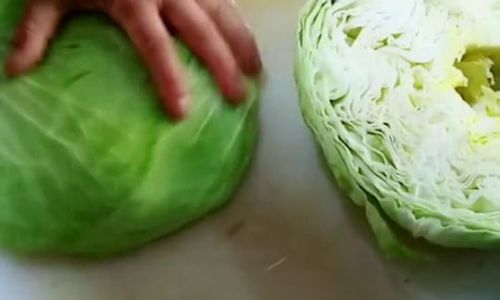
Freezing: For Long-Term Storage
Freezing cabbage is ideal for preserving large harvests or sale purchases. While freezing alters texture (making it softer), it retains most nutrients and is perfect for cooked dishes like soups, casseroles, or stir-fries.
Steps for Freezing:
-
Blanching (Optional but Recommended):
- Boil water in a large pot.
- Chop cabbage into shreds, wedges, or leaves.
- Blanch in boiling water for 1.5–2 minutes (shreds) or 3 minutes (wedges).
- Immediately transfer to ice water to halt cooking.
- Drain thoroughly.
Why blanch? Blanching destroys enzymes that cause flavor loss and texture breakdown during freezing.
-
Dry Pack Method:
- Portion blanched or raw cabbage into freezer-safe bags or containers.
- Remove excess air to prevent freezer burn.
- Label with the date.
-
Flash Freezing (For Shreds):
- Spread shredded cabbage on a baking sheet.
- Freeze until solid (1–2 hours).
- Transfer to bags. This prevents clumping.
Shelf Life:
Frozen cabbage retains quality for 8–12 months.
Pro Tip:
Use frozen cabbage directly in cooked recipes without thawing to retain texture.
Fermentation: Transforming Cabbage into Sauerkraut
Fermentation is an ancient preservation method that enhances both shelf life and nutritional profile. During fermentation, beneficial bacteria (like Lactobacillus) convert sugars into lactic acid, creating an acidic environment that inhibits harmful microbes.
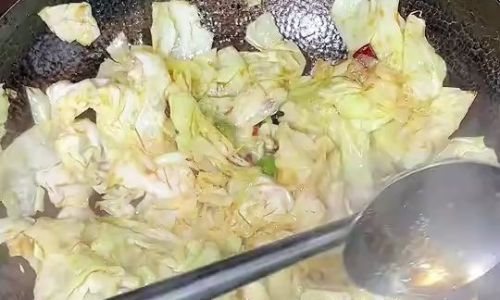
Steps for Sauerkraut:
-
Prepare the Cabbage:
- Remove outer leaves and core.
- Shred finely (a mandoline works best).
-
Salt and Massage:
- Toss 1.5 tablespoons of non-iodized salt per 1.5 kg (3 lbs) of cabbage.
- Massage for 10–15 minutes until juices release.
-
Pack into Jars:
- Press cabbage tightly into sterilized jars, ensuring brine covers the mixture.
- Leave 5 cm (2 inches) of headspace to prevent overflow.
-
Ferment:
- Store at 18–21°C (65–70°F) for 1–4 weeks.
- “Burp” jars daily to release CO2.
-
Refrigerate:
Once fermented to taste, transfer to the fridge. Sauerkraut keeps for 6 months or longer.
Nutritional Boost:
Fermented cabbage is rich in probiotics, vitamins C and K, and antioxidants.
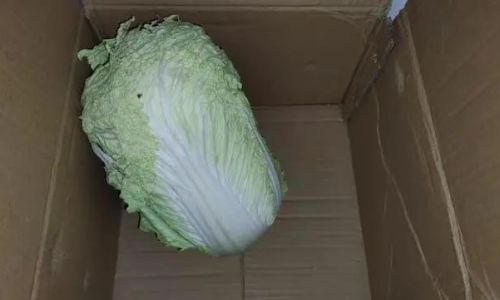
Pickling: Quick and Flavorful Preservation
Pickling in vinegar or brine offers a tangy twist while extending shelf life. This method works best for shredded cabbage or small wedges.
Vinegar Pickle Recipe:
-
Brine Solution:
- Boil 1 cup water, 1 cup vinegar (apple cider or white), 1 tbsp sugar, and 1 tbsp salt.
- Simmer until dissolved.
-
Pack Jars:
- Tightly pack cabbage into sterilized jars.
- Add optional flavorings (mustard seeds, peppercorns, garlic).
-
Pour Brine:
- Cover cabbage completely.
- Seal jars and let cool before refrigerating.
Shelf Life:
Refrigerated pickled cabbage lasts 4–6 weeks.
Dehydration: For a Lightweight, Shelf-Stable Option
Dehydrating cabbage removes moisture, preventing microbial growth. While dehydrated cabbage isn’t ideal for salads, it’s perfect for rehydrating in soups or stews.
Steps for Dehydration:
-
Blanch and Shred:
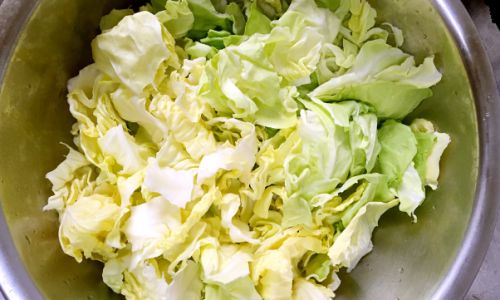
- Blanch cabbage for 2 minutes, then shock in ice water.
- Shred or chop into small pieces.
-
Dry:
- Spread on dehydrator trays in a single layer.
- Dry at 57°C (135°F) for 6–10 hours until brittle.
-
Store:
Place in airtight jars or vacuum-sealed bags in a cool, dark place.
Shelf Life:
Dehydrated cabbage lasts 6–12 months.
Root Cellaring: A Traditional Approach
If you have access to a root cellar or cool basement, you can store cabbage similarly to how it’s done in rural communities.
Steps for Root Cellaring:
-
Harvest Correctly:
- Leave the outer leaves intact to protect the head.
- Trim the root end slightly.
-
Prepare the Storage Area:
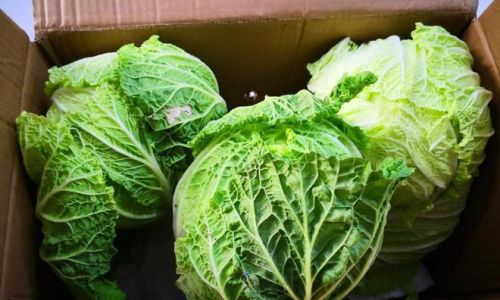
- Maintain temperatures between 0–4°C (32–40°F) and 90–95% humidity.
- Line boxes or crates with straw or sand.
-
Arrange Cabbage:
- Place heads root-side down in a single layer.
- Cover with additional straw to prevent drying.
Shelf Life:
Cabbage can last 3–5 months in optimal conditions.
Common Mistakes to Avoid
- Storing Unwrapped Cabbage: Exposure to air dries out leaves.
- Using Damaged Heads: Bruises or cuts invite spoilage.
- Ignoring Ethylene-Producing Produce: Keep cabbage away from apples, bananas, and tomatoes.
- Overcrowding the Fridge: Poor airflow accelerates decay.
How to Tell If Cabbage Has Gone Bad
- Soft Spots: Mushy patches indicate bacterial activity.
- Foul Odor: A sulfurous smell signals spoilage.
- Discoloration: Dark or slimy leaves are unsafe to eat.
Conclusion
Preserving cabbage effectively ensures you always have this nutritious vegetable at your fingertips. Whether you opt for refrigeration, freezing, fermentation, or another method, the key is to minimize moisture loss, control temperature, and inhibit microbial growth. Experiment with these techniques to find what suits your lifestyle and culinary needs. By adopting these practices, you’ll not only reduce food waste but also enjoy the satisfaction of self-sufficiency and the delightful flavors of cabbage year-round.






0 comments